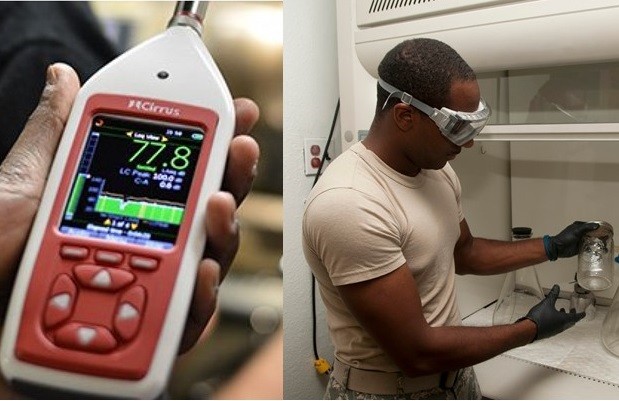• Organic and non-organic particles (dust)
• Sound and vibrations
• Acute and long-term health effects
• Advanced methods for exposure measurements and analyses.
• Intervention strategies
• Work environment rules in the area
Learning activities
The teaching consists of lectures and workshops as well as compulsory exercises in the form of seminars and webinars. During laborations and in a project, you will practice and carry out measurements. In addition to scheduled learning activities, there is time for your own studies.
Compulsory attendance
Applies to all exercises conducted in the form of seminars (or webinars) and laborations included in SEM1 and LAB1.
Course literature
Scientific articles and documents presented at the start of the course that are listed and available on KTH-Canvas.
The overall goal of the course is to provide the student with in-depth knowledge of measurement and analysis techniques and variations of these with respect to air pollution, mainly organic and non-organic particles, and sounds and vibrations that should be analyzed are measured and analyzed in different ways depending on the work and the workplace where the risk assessment is carried out.
After completing the course, each student should be able to:
1. Perform measurements and risk assessments of the above-mentioned factors in various workplaces. Describe and justify the choice of different measurement strategies; choice of measurement and analysis method, number of measuring points, number of included subjects, and measurement time.
2. Discuss scientific articles on the above mentioned measurement strategies.
3. Be able to interpret and draw conclusions based on the measurement results, and compare results from different measurement and analysis methods.
4. Describe the Swedish and European regulations that regulate the above-mentioned factors and reflect on the background to how current limit levels have been set; and if there are occasions when a lower level of risk should be applied.
